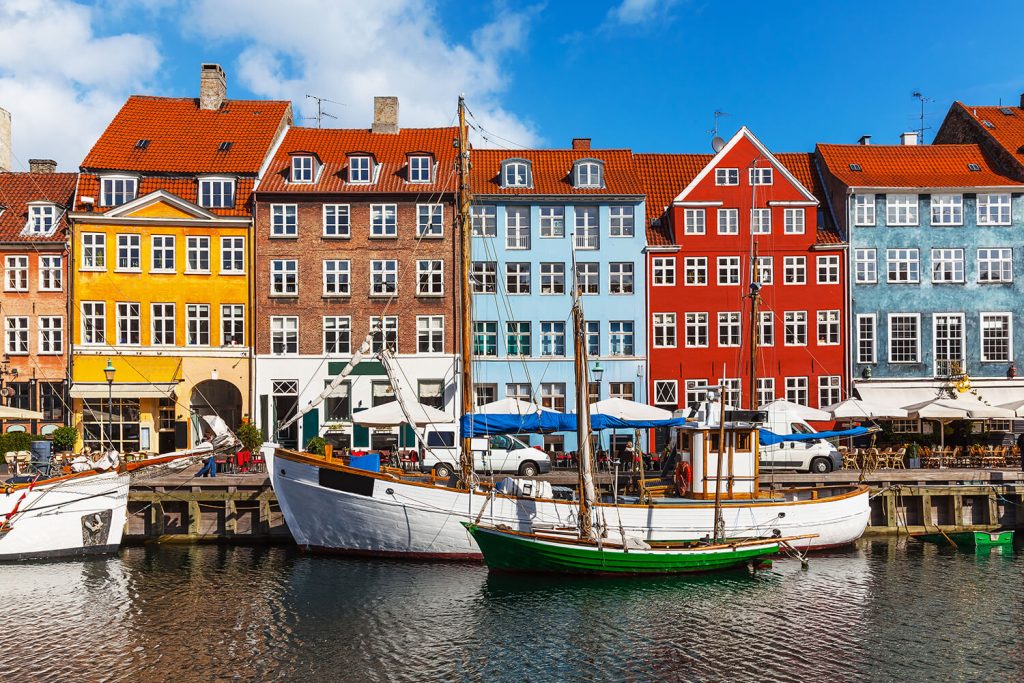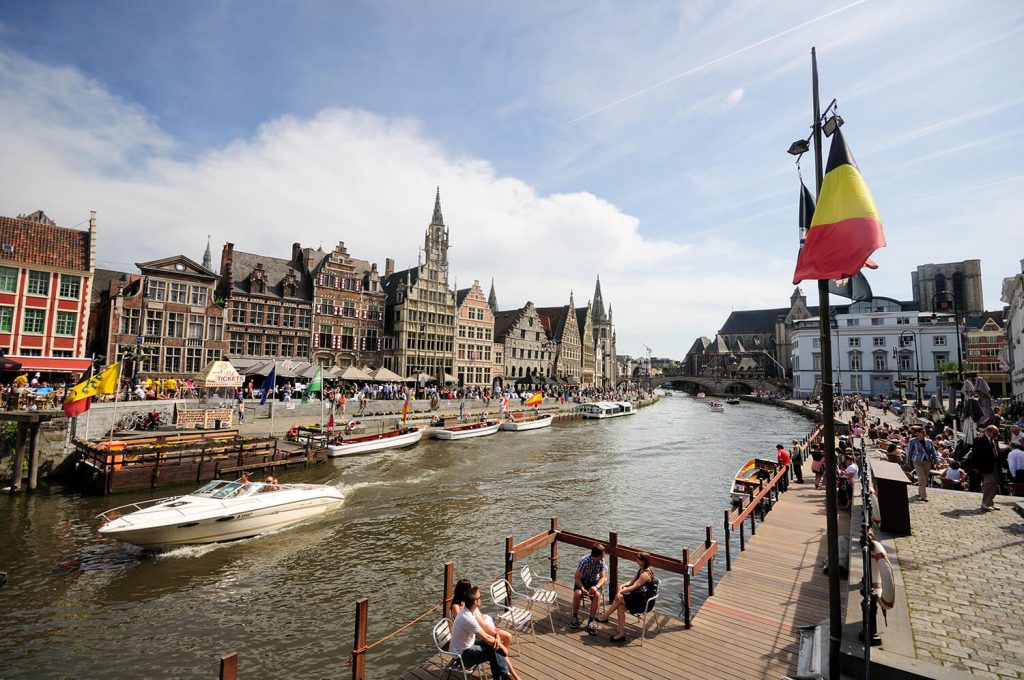General information about Denmark
Denmark is a highly developed European state with a balanced economy, as well as developed service and manufacturing sectors. The service sector accounts for 80% of all jobs; just over 10% of all employees work in manufacturing and only 2% in agriculture. The population of Denmark in January 2024 was 5.96 million people. The country ranks first in the world in terms of foreign trade turnover per capita. In 2023, the country ranked ninth in the nominal gross national income per capita with $68,827.
The capital of Denmark, Copenhagen, is home to more than 1.3 million inhabitants (including its suburbs). Copenhagen is the third-biggest natural wine market in the world, trailing only Paris and Tokyo. Of course, it could be argued that the market for natural wines remains relatively small wherever you choose to look, but Copenhagen’s outsized slice is another curious detail, according to Wine Business International. Other large cities in Denmark are Aarhus, at more than 261 thousand inhabitants and 320 thousand inhabitants in the metropolitan area, Odense, with 182 thousand inhabitants, and Aalborg, at 143 thousand inhabitants and 221 thousand inhabitants in the metropolitan area.
Wine distribution in Denmark
What sets Denmark apart from the rest of Scandinavia in wine sales? Unlike Sweden and Norway, there is little to no government involvement in the regulation of alcohol sales. The UK government website reveals how little red tape there is: not even the need to specify the composition of a blend. The market for small importers is solid in a country of 4.6 million adults, whose per capita wine consumption is among the top ten countries in the world. As you might expect, however, more than eight tenths of wine is distributed by multinational companies through their supermarket connections – that’s according to Wine Business International. On-trade sales lag far behind, at less than 10%, with online sales about the same.
72% of Danes buy wine principally in supermarkets, but this trend is decreasing. 26% buy their wine at wine merchants and 11% online. The latter figure in particular is increasing.1
Importing wine to Denmark
Denmark ranks 14th in the world in terms of wine imports. Wine is imported from almost all countries with developed winemaking, but wines from France and Italy dominate the market. The largest countries importing wine to Denmark in 20212:
- France ($234M)
- Italy ($197M)
- Spain ($64.3M)
- United States ($59.7M)
- Germany ($44.7M)
Interestingly, wine imports to Denmark are among the most stable in Europe. Over the past 20 years, total wine import volumes have changed very little. For example, in 2000, 180.4 million litres of wine were imported; in 2022, 181.6 million litres of wine. The highest import values were in 2002, 2003 and 2009, when volume of imports reached 200 million litres of wine. It should be noted, however, that the value of imports has doubled over 20 years, but this corresponds to a general increase in prices in the country.3
It is also important to note that Denmark is a logistics hub for neighbouring countries. A significant proportion of imported wine is later exported from Denmark, mainly to Sweden and Germany. As a result, in 2022, 38.4 million litres of wine were exported from Denmark in 2022: that’s more than 20% of all the country’s imported wine. About 15 million litres went to Sweden, 12.5 million to Germany, and just over a million litres were exported to the Netherlands.4
In terms of wine exports by value, in 2021, wine worth $70.3 million was exported to Sweden, $25.7 million to Germany, as well as to the UK ($19.5M), France ($16.3M), Switzerland ($12.6M).5

Wine consumer preferences
As Meiningers International magazine notes, Danish wine consumers are among the most open in the world to explore new styles of wine. The trends here are set by the younger generation, who are ready to discover new blends and varieties, try wines from little-known regions, and to look for new orange or natural wines.
To assess the preferences of wine consumers in Denmark in terms of the wine’s country of origin, consider the still wine market in 2022. The Danes prefer Italian wine, which accounts for 21% of the market. This is followed by France and Spain, each contributing 12% of the Danish still wine market. Australian wine has a significant market share at 11%. Favoured sparkling wines, based on market share, are France (35%), Italian (29%), Spanish (24%) and Germany (7%).
Popular white grape varieties on the Danish wine market6:
- Chardonnay 55%
- Sauvignon 42%
- Riesling 36%
- Pinot Gris 26%
- Moscato 17%
Popular red grape varieties on the Danish wine market:
The figures from Danmarks Statistik couldn’t be clearer: the Danish market is dominated by red wine. If you’d asked a Danish person for red or white in 2017, they’d have chosen a red more than two thirds of the time. While rosé is grouped together with red, and must therefore be selling strongly, port is a category apart.
Sources
- https://www.winesofgermany.dk/export-to-denmark/basic-infos-about-the-danish-wine-market/ ↩︎
- https://oec.world/en/profile/bilateral-product/wine/reporter/dnk ↩︎
- https://www.vinetur.com/en/decline-in-denmarks-wine-imports-in-2022-amid-rising-prices.html ↩︎
- https://www.vinetur.com/en/decline-in-denmarks-wine-imports-in-2022-amid-rising-prices.html ↩︎
- https://oec.world/en/profile/bilateral-product/wine/reporter/dnk ↩︎
- https://www.winesofgermany.dk/export-to-denmark/basic-infos-about-the-danish-wine-market/ ↩︎



